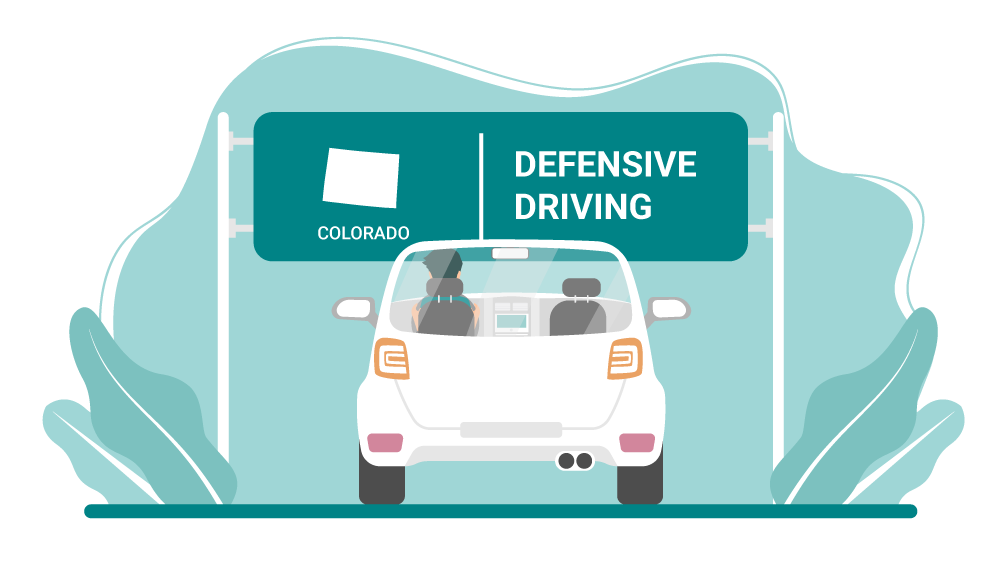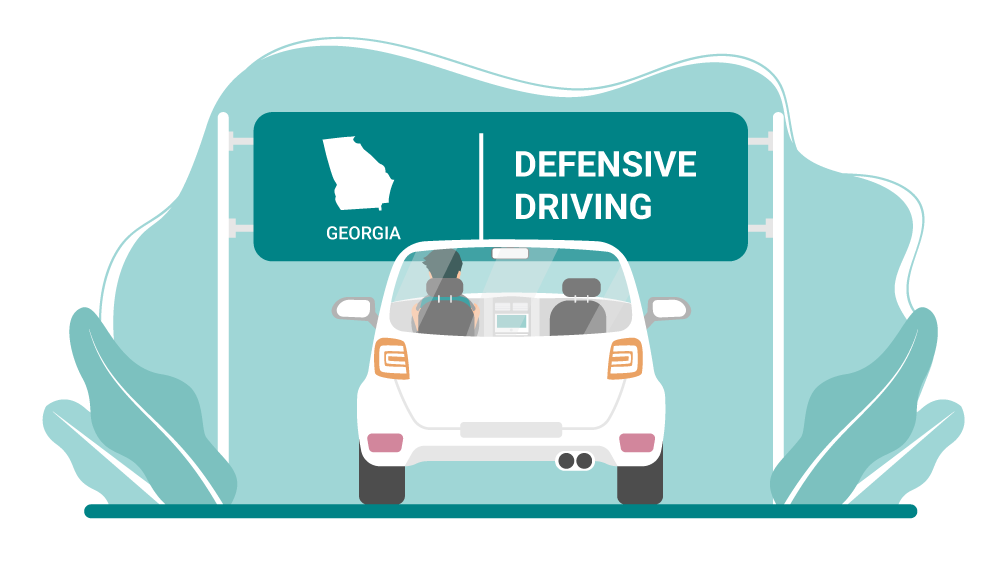You’ve been prepping for your driving test for some time now, and you feel very confident as a driver. You’re a pro at stopping, switching lanes, merging onto intersections, you name it.
But, there’s one thing that you’re nervous about; parallel parking!?!
Well, guess what? You’re far from alone in your fear of parallel parking. In fact, a fear of parallel parking is such a common thing that there has even been a term coined for it “parallelphobia”.
Researchers coined this term after conducting a survey in which they found that over half of all drivers will drive past a parking spot because it involved them having to parallel park. And, 3 in 10 drivers will drive over a mile to find a parking spot instead of parallel parking next to their destination.
Clearly, you are not alone in your fears of parallel parking. But, in order to pass your driver’s test, you still need to know how to parallel park.
If you want to brush up on your parallel parking skills, keep reading. We’ll teach you exactly how to parallel park like a pro in this step-by-step guide!
Find the Right Spot
First things first, you need to find the right parking spot. This may seem like a no-brainer, but many rookie parallel parkers think it’s best to find a tight spot, and then just keep trying to park in it again and again until they get it down.
But, most of the time, after the 6th failed attempt or so, you’ll end up giving up and parking elsewhere.
So, try to find a spot that has ample room for your car to fit in – we’re talking somewhere with at least 3 feet of extra space on each side. As your parallel parking improves, you can start graduating to tighter and tighter parking spots.
Or, if the idea of even being near other cars when you practice parallel parking freaks you out, then grab two traffic cones and bring them to a parking lot where you can practice parallel parking in between them.
Get Cozy Next to a Vehicle
Ok, so let’s say you’ve found a parallel parking spot that has ample room on each side.
As you are approaching the spot, you will want to check in your rearview mirror to make sure that no one is behind you. If someone is behind you, brake gently and turn on your signal as you pull up to the space.
Now, you don’t want to stop your car directly to the side of the parking space. Instead, you want to pull up right next to the front car. The more parallel your car is to the front car, the better. If your cars are not the same length, it’s best to line up the back of your car with the back of the other car.
In terms of width, you will want to leave about two feet between your car and the car next to you.
Sometimes, a car will come up next to you or stop behind you while you are trying to parallel park. This is the point where many people get flustered and just drive away!
In reality, that car is usually just a bit confused about what you are doing, even if you have your turn signal on. So, if there is a car waiting around behind you, keep your turn signal on, and then roll down your window and signal the car to pass by waving your hand forward.
Maneuvering into the Parking Spot
Ok, now we are actually onto the main event: maneuvering your car into the parking spot.
Turning Your Wheel to the Right
Once your car is completely stopped next to the front car, turn your wheel all the way to the right- that’s right all the way!
And, don’t move forward or backward while doing this. Stay stopped the whole time while you are cranking to the right.
The Reverse
After you’re done turning the steering wheel, it’s time to put your car in reverse. Now, this is another moment that makes people really nervous.
But, remember that you have a lot of help when it comes to checking your surroundings while going in reverse- you have a rearview mirror, your side-view mirrors, and, you can always look over your shoulder.
So, put your vehicle in reverse, look over your shoulder towards the parking space, and start backing up. While you are in reverse and backing up, you should not be turning your wheel at all.
Then, stop reversing once the front right corner of the rear car is lined up with the middle of your back windshield. If this sounds confusing to you, imagine a red line going through the center of your car. Once that red line matches up with the right corner of the rear car, you’ll stop reversing your vehicle.
Another way to think of it is that you’ll reverse your car until is at a 45-degree angle with the curb.
More Wheel Turning
Once your car is reversed into a 45-degree angle, it’s time to turn that steering wheel again. Except for this time, you will not be turning it to the right.
Instead, turn your steering wheel all the way to the left and slowly begin backing your car into the space, making sure your front bumper doesn’t hit the back of the front car.
Once your bumper has cleared the car in front of you, stop again and turn your wheel back to the middle. Then, place your car in park, turn off the car, and get out and do a happy dance. Because guess what? That’s all there is to parallel parking!
Extra Tips on How to Parallel Parking
Now that you know the fundamentals of parallel parking, here are some extra tips that will help you turn into a real parallel parking pro.
Remember to Check Signs
Knowing how to parallel park can be a real lifesaver, but you must always check that the spot you are attempting to park in is a legal spot.
A lot of times, drivers will find an empty spot in a crowded area and think “Jackpot!”. Then they’ll park there without even thinking and wind up getting a ticket. That’s why it’s important to always look for signs that indicate the parking regulations on that street, even when you see other cars around.
For example, sometimes you can’t park on a street because of street sweeping or plowing. Or, sometimes you need a parking permit to park on a street if it’s in a crowded residential area.
You also want to make sure that you never park in front of a fire hydrant, as this will most certainly get your car towed.
Lastly, you want to check for any meters. A lot of parallel parking spots have meters next to them that require you to pay for their use. Usually, it’s a dollar or two per hour.
Practice with a Buddy
If you’re still getting the hang of parallel parking, or if you’re attempting to park in a really tight spot, it can help to bring a buddy along who can guide you through the process.
Have your passenger hop out of the vehicle and then show you the distance between your car and the car behind you by signaling with their hands. As you back into the spot, they can signal whether how much room you have left, as well as whether you need to crank your steering wheel and move forward a bit to correct yourself.
While this can be a great way to practice and get more comfortable with the motions, you do not want to rely on a friend every single time. Not only will you not have a friend to guide you during your driver’s test, but there will also be many times when you’ll be on your own and you need to parallel park!
Only use this method in the beginning and then later on when you are trying to fit into a tight space.
Adjusting in Tight Spots
If you are trying to fit into a particularly tight parking spot, the front end of your car will sometimes end up sticking out further than you’d like it to be.
When this happens, you don’t need to start from scratch. Instead, you can remedy it by turning your steering wheel all the way to the right and then wiggling a little ways back, and then turning it all the way to the left and wiggling a little way forward.
Keep repeating this until the front end of your vehicle eventually works its way into the space.
Are You Ready to Parallel Park?
While many people think of parallel parking as a skill, it is really more of a science. If you follow these steps exactly, you will parallel park correctly every single time. There really aren’t any hidden “tricks” to it.





